Canadian Energy Centre
New national campaign aims to solve worker shortage in Canada’s energy sector
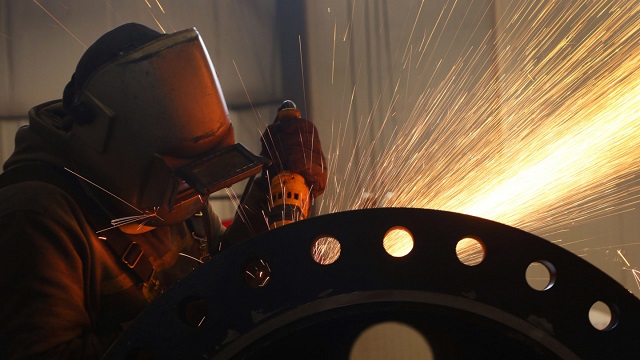
Donovan Doll works on a pipe at the CMR Fabricators Ltd. in Penhold, Alberta. Canadian Energy Centre photo by Dave Chidley
From the Canadian Energy Centre
By Will Gibson
Enserva launches new portal to train workers and provide long-term employment opportunities
Canadian energy services association Enserva has launched its solution to solve a worker shortage of more than 3,000 jobs, including labourers, drivers and tradespeople.
Having spent the better part of two decades working in the world of non-profit groups and think tanks, Enserva CEO Gurpreet Lail was taken aback after hearing about the sector’s labour struggles when she joined in 2021.
“The perception outside the industry was much different,” says Lail. “This has been an ongoing challenge for a long time and our members decided to do something about it.”
The result is a national campaign featuring the new Working Energy Portal, a sector-specific website with comprehensive job listings by the group’s 200-plus member companies and organizations.
“This is an industry-wide challenge and we’ve found an industry solution,” Lail says.
“We lost a lot of people during COVID and the downturn in energy prices and we’re now seeing employers fighting for labour regardless of the sector, be it energy or hospitality or technology,” she says.
“In addition to these factors, our sector also has to address this ridiculous idea that Canadian energy is a dying industry. That’s simply not the case. The world is going to need our energy for a very long time, and we need talented people to help us innovate and produce it responsibly.”

Enserva is hoping to connect those looking for jobs with companies that need positions filled and create a long-term solution to the shortage.
But the portal is more than a job board. It will also serve as a training hub to provide Canadians with the right certifications, courses and a pathway to rewarding careers.
“A lot of this is about educating people about what they might need so they can be successful in the industry, such as getting the right training and certificates,” says Lail.
“Many prospective employers are willing to help prospective employees in order to address their needs for skilled workers. For example, if you have a clean Class 5 driver’s license, some employers who need Class 1 drivers will pay for that training.”
She says that as the energy industry continues to transform to include a mix of oil and gas and renewable sources, it needs to fill current and emerging positions in practices like artificial intelligence, robotics, geothermal energy and environmental sustainability.
Enserva members helped create the portal in part because traditional job-search platforms didn’t always attract the right candidates or missed job seekers with real potential.
“Companies were using websites such as Indeed or LinkedIn but were finding it difficult to get the right candidates. They’d often get more than 1,000 resumes and maybe five to 10 were suitable for interview. It takes a lot of time to sift through those,” Lail says.
“We are supporting our members to create or increase awareness of their companies, and the jobs available. This way promising candidates will not miss a great opportunity and will have opportunities to learn more about energy companies.”
Enserva aims to push into new areas and communities to engage with prospective job seekers.
“We are reaching out to non-traditional areas to showcase the reality that you can have a long-term and rewarding career in this sector if you are a woman, Indigenous or come from a newer community in Canada,” Lail says.
“In addition to this outreach, we are continuing to recruit in traditional areas, such as young people entering the workforce and attracting former energy workers back into the sector.”
Canadian Energy Centre
RBC says Canada’s Indigenous owned energy projects are ‘economic reconciliation in action’
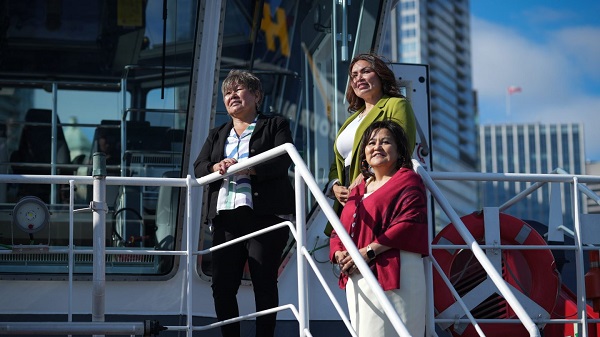
Eva Clayton, back left, President of the Nisga’a Lisims Government (joint venture owner of the proposed Ksi Lisims LNG project), Crystal Smith, back right, Haisla Nation Chief Councillor (joint venture owner of the Cedar LNG project, now under construction), and Karen Ogen, front right, CEO of the First Nations Natural Gas Alliance pose for a photograph on the HaiSea Wamis zero-emission tugboat outside the LNG2023 conference, in Vancouver, B.C., Monday, July 10, 2023. CP Images photo
From the Canadian Energy Centre
As construction gets underway on Cedar LNG, the world’s first Indigenous majority-owned LNG export terminal, a report from RBC highlights the project as a model of successful energy development in Canada.
“We broke a pattern that had existed for over a century,” said Karen Ogen, CEO of the First Nations Natural Gas Alliance.
“First Nations have been at the heart of the LNG opportunity, not on the sidelines or just on the job sites but in the boardrooms helping to make it happen.”
RBC said the Cedar LNG project in Kitimat, B.C. – a partnership between the Haisla Nation (50.1 per cent) and Pembina Pipeline Corporation (49.9 per cent) – is a model for Indigenous economic reconciliation in action.
“Canada’s future growth and prosperity depends heavily on getting Indigenous economic reconciliation right,” said report co-author Varun Srivatsan, RBC’s director of policy and strategic engagement.
“If not, the country’s ability to diversify our resource exports, enjoy independence and resiliency in strategic sectors, and improve productivity, which has lagged that of other countries for years, are all at risk.”
RBC outlined the enormous potential of Indigenous-led energy projects to drive economic growth.

Almost three-quarters of the 504 major resource and energy projects planned or underway in Canada run through or are within 20 kilometres of Indigenous territories.
The value of Indigenous equity opportunity from these projects is estimated at $98 billion over the next 10 years, with oil and gas projects dominating the list at $57.6 billion.
“It’s clear that First Nations are critical to LNG in Canada. It’s First Nations territory from where the gas is extracted in Treaty 8 territory, it’s First Nations territory across which gas is transported via pipeline, it’s First Nations territory where LNG terminals are located, and it’s First Nations waters through which carriers take LNG to market. This is why we say Canadian LNG is Indigenous LNG. And we are going to make history,” Ogen said.
Cedar LNG reached a final investment decision last June, following a permitting process that saw the Haisla Nation directly involved in planning the facilities and operations.
This includes a floating LNG terminal with emissions among the world’s lowest, at 0.08 per cent CO2 equivalent per tonne of LNG compared to the global average of 0.35 per cent. Operations are slated to start in late 2028.
“Our community felt it was important that our values of being Haisla, being Indigenous, were felt through every decision that was being made. That is what makes this project unique,” said Crystal Smith, the Haisla Nation’s elected chief councillor.
Central to the Haisla’s involvement in Cedar LNG are the jobs and ongoing revenues that benefit the nation and neighbouring communities.
This has included support for education and cultural programs and building a state-of-the-art health facility and a new housing development.
“Cedar LNG shows what is achievable when you have a shared vision,” Smith said.
“It is going to mean that my kids and grandkids have a different future from what I or anybody in my generation have experienced in our community. It is going to revive our culture, revive our language, and make us stronger going forward.”
Alberta
As LNG opens new markets for Canadian natural gas, reliance on U.S. to decline: analyst
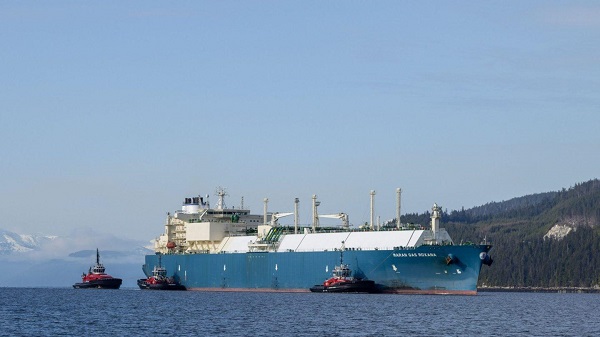
From The Canadian Energy Centre
By Cody Ciona
Starting with LNG Canada, producers will finally have access to new customers overseas
Canada’s natural gas production and exports are primed for growth as LNG projects come online, according to Houston, Texas-based consultancy RBN Energy.
Long-awaited LNG export terminals will open the door to Asian markets and break the decades-long grip of the United States as the sole customer for Canada’s natural gas.
RBN projects that Canada’s natural gas exports will rise to 12 billion cubic feet per day (bcf/d) by 2034, up from about 8 bcf/d today. But as more LNG terminals come online, less of that natural gas will head south.
“We think the real possibility exists that the amount of natural gas being exported to the United States by pipeline will actually decline,” said Martin King, RBN’s managing director of North America energy market analysis, on a recent webinar.
RBN’s analysis suggests that Canada’s natural gas exports to the United States could drop to 6 bcf/d by the early 2030s compared to around 8 bcf/d today.
With the first cargo from the LNG Canada terminal at Kitimat, B.C. expected to ship in late June, Canada will finally have access to new markets for natural gas. The first phase of the project will have capacity to ship about 1.8 bcf/d.
And more projects are on the way.
LNG Canada’s joint venture partners are considering a second phase that would double export capacity.
Also at Kitimat, the Cedar LNG project is under construction and is expected to be completed in 2028. The floating terminal led by the Haisla Nation will have capacity to export 0.4 bcf/d.
Woodfibre LNG, located near Squamish, B.C. began construction in late 2023 and is expected to be substantially completed by 2027, with export capacity of about 0.3 bcf/d.
Expansions of LNG Canada and Cedar LNG could put LNG exports into the range of 5 bcf/d in the early 2030s, King said.
-
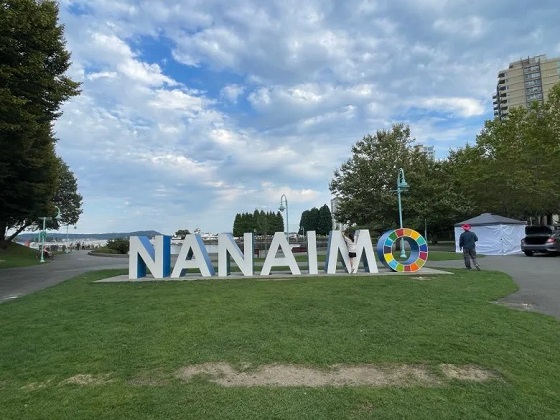
 Addictions8 hours ago
Addictions8 hours agoMan jailed for trafficking diverted safer supply drugs, sparking fresh debate over B.C. drug policies
-
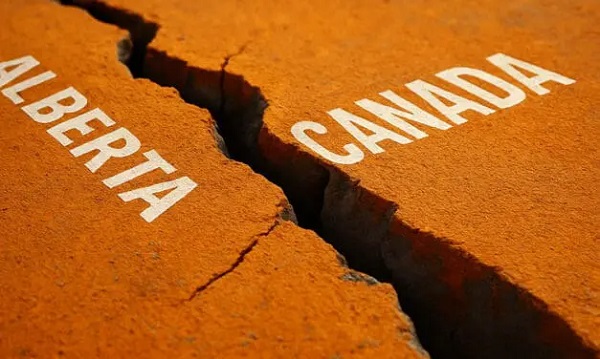
 Alberta10 hours ago
Alberta10 hours agoHow Trump and Alberta might just save Canada
-
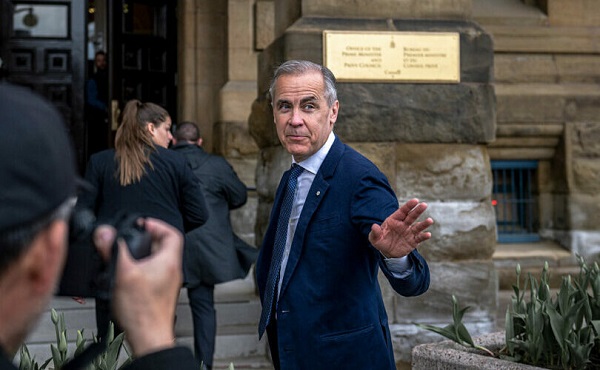
 Business9 hours ago
Business9 hours agoThe Liberals Finally Show Up to Work in 2025
-

 Alberta8 hours ago
Alberta8 hours agoJann Arden’s Rant Will Only Fuel Alberta’s Separation Fire
-
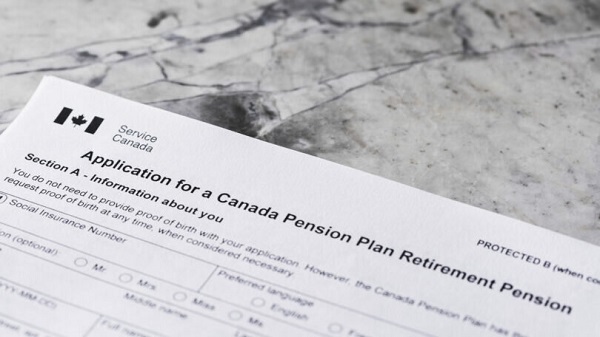
 Banks6 hours ago
Banks6 hours agoCanada Pension Plan becomes latest institution to drop carbon ‘net zero’ target
-

 Bruce Dowbiggin5 hours ago
Bruce Dowbiggin5 hours agoCaitlin Clark Has Been The Real Deal. So Her WNBA Rivals Hate Her
-

 Daily Caller7 hours ago
Daily Caller7 hours agoThere’s A Catch To California’s Rosy Population Stats
-

 espionage1 day ago
espionage1 day agoTrudeau Government Unlawfully Halted CSIS Foreign Operation, Endangering Officers and Damaging Canada’s Standing With Allies, Review Finds


